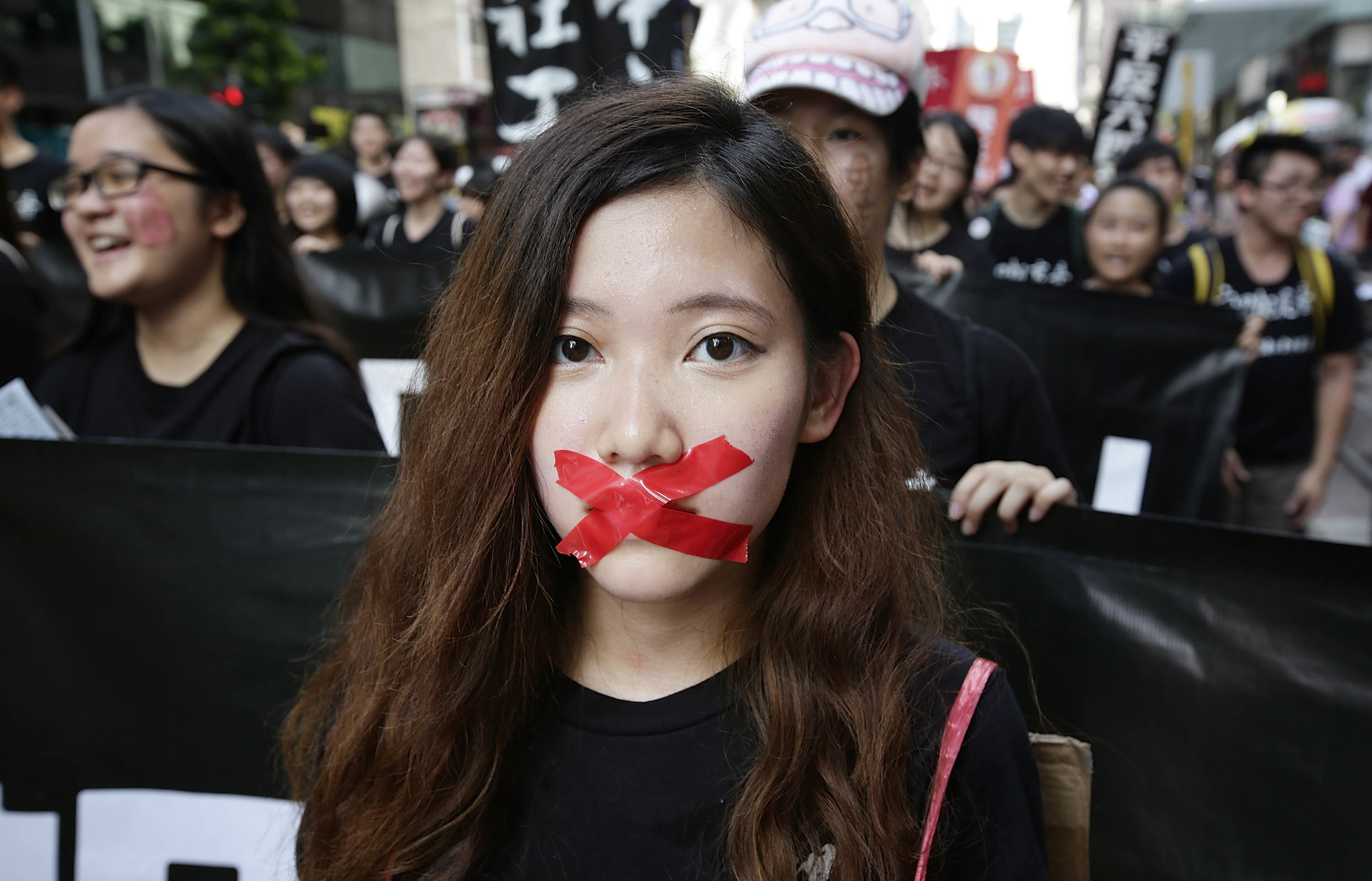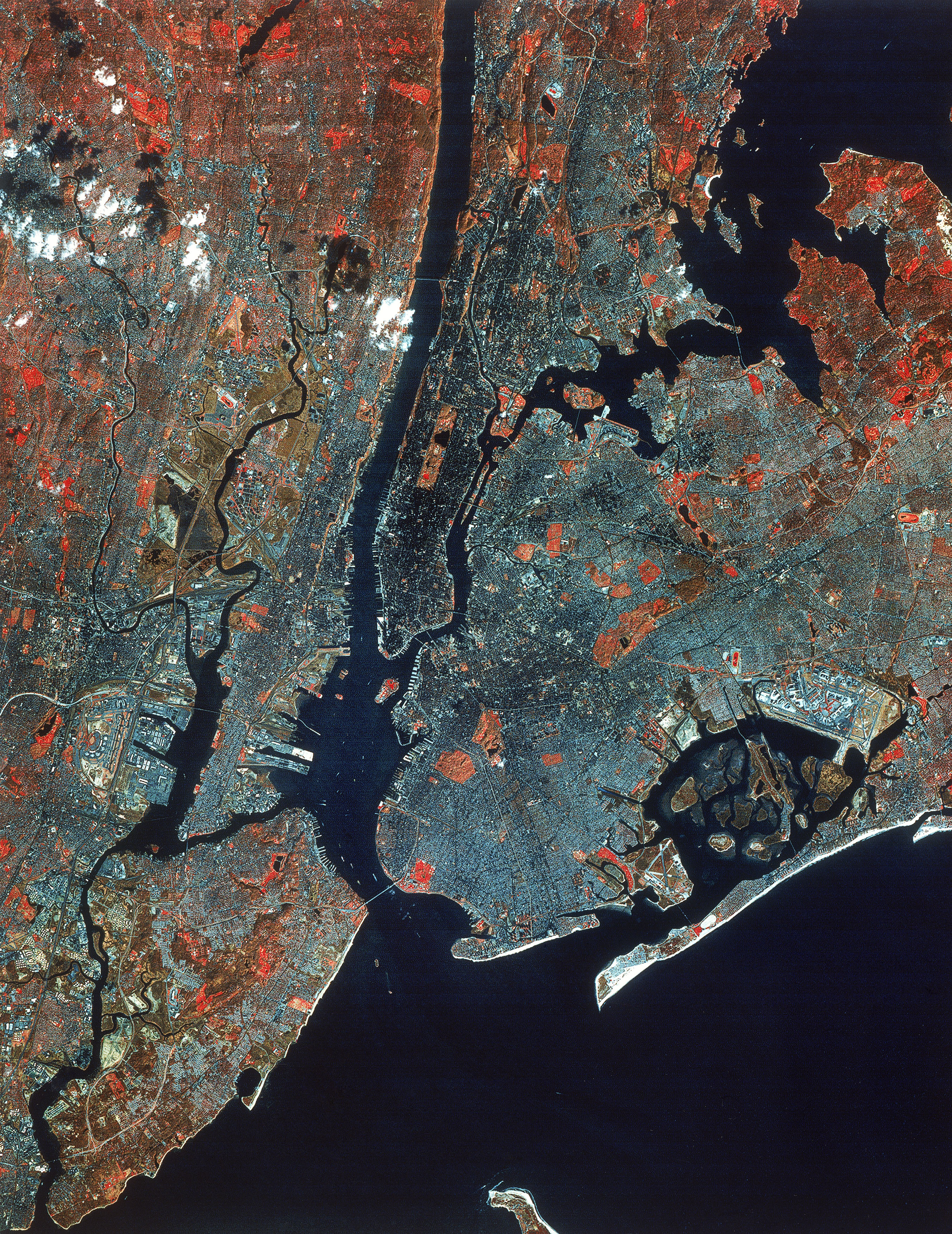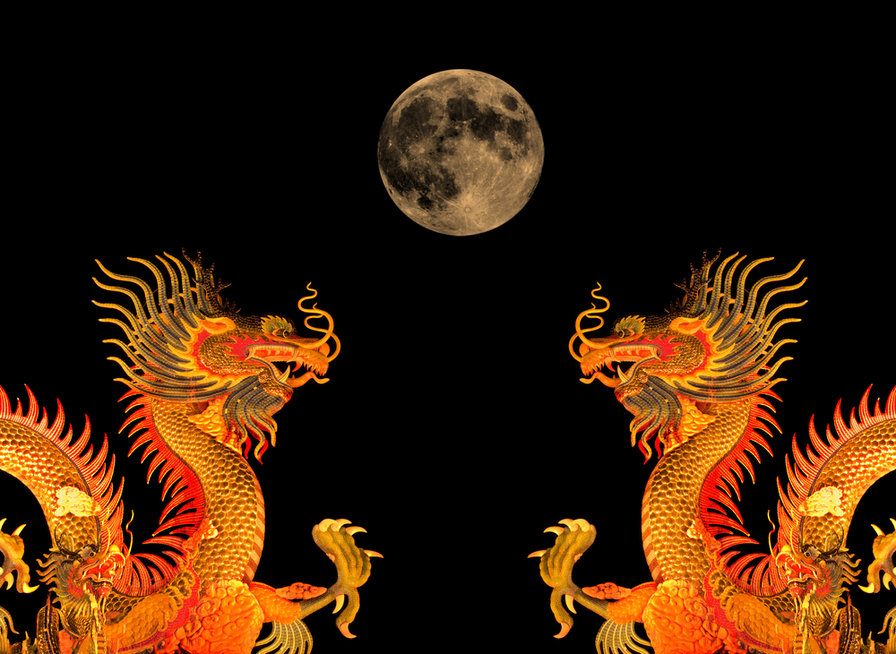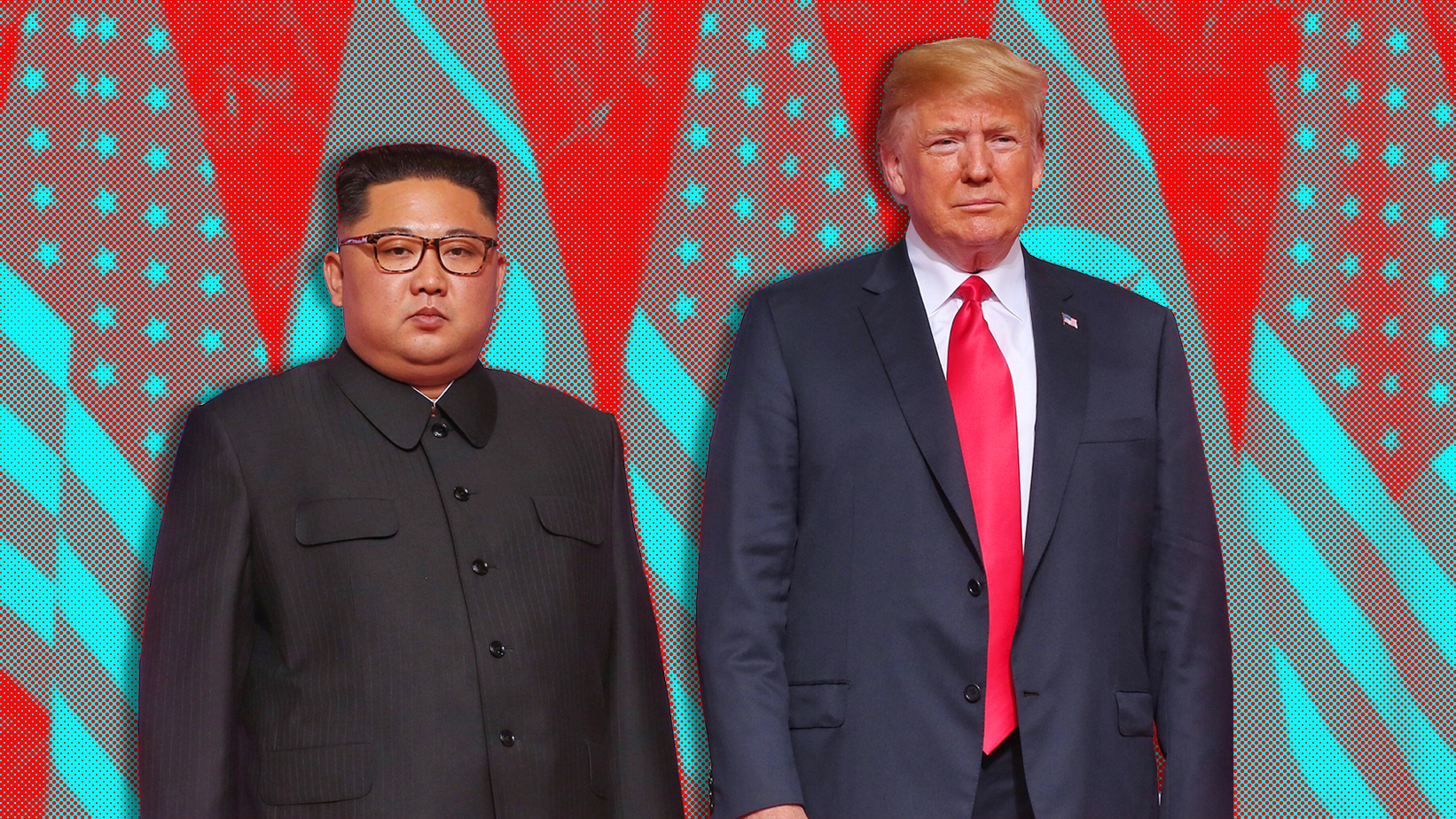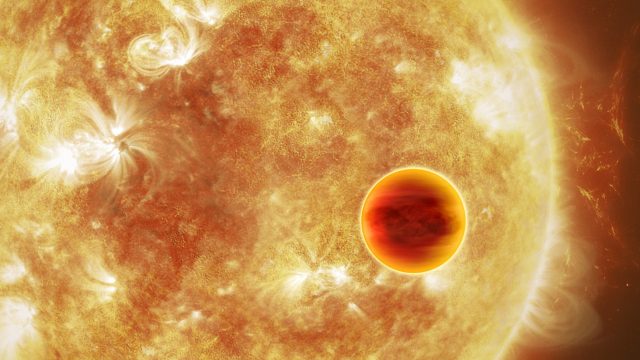How China could become the world’s largest economy much sooner than expected
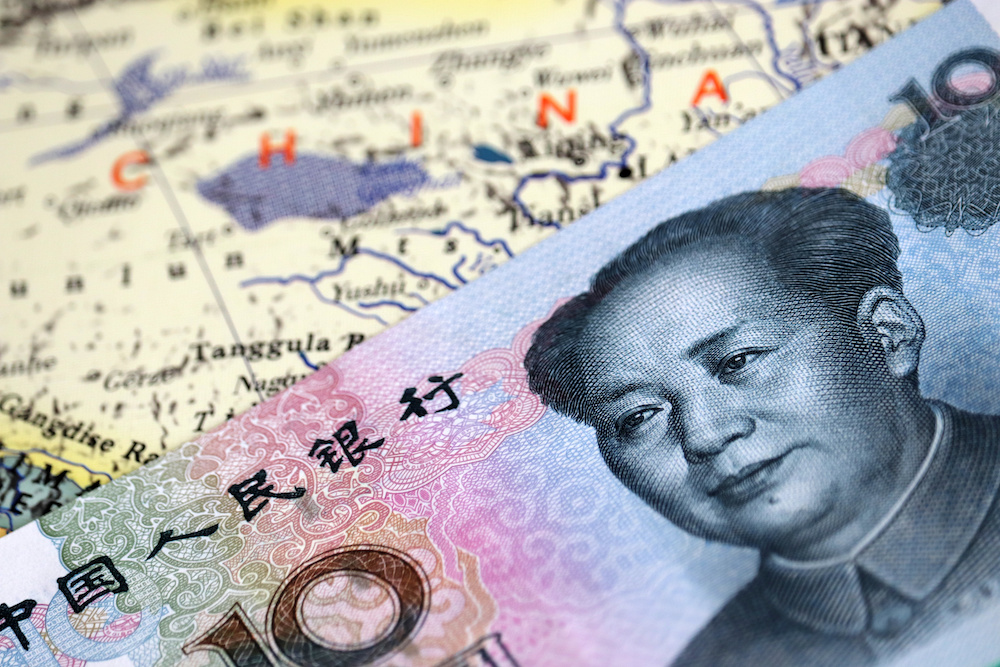
- In Geopolitics for the End Time: From the Pandemic to the Climate Crisis, politician and author Bruno Maçães explores how various nations are navigating some of the most pressing problems of our time.
- In this excerpt of the book, Maçães overviews how China has fared since the beginning of the COVID pandemic.
- Due in part to the nature of the society under the Chinese Communist Party, China was uniquely able to mobilize its people around a single goal amid the pandemic.
Excerpted from Geopolitics for the End Time: From the Pandemic to the Climate Crisis, written by Bruno Maçães and published by C Hurst & Co Publishers Ltd.
There was always an argument that the existing world order cannot change, because only a momentous war has done that in the past and world wars have become impossible. But in pandemics and soon in climate change, we may have found two functional equivalents to war. Addressing the opening of a study session at the Party School of the Chinese Communist Party in January 2021, a year after the first dramatic events in Wuhan, Xi Jinping noted the challenges resulting from the pandemic, supply chain disruptions and deteriorating relations with the West to conclude that “the world is in a turbulent time that is unprecedented in the past century.” He sounded confident on what the year had meant for China. “Time and momentum are on our side. This is where we show our conviction and resilience as well as our determination and confidence.”
As the virus spread to the whole world, it became apparent that Western societies did not have the ability to quickly organize every citizen around a single goal. As opposed to China, which remains to a large extent a revolutionary society, their political systems were built for normal times. Chinese society is a mobilized army, which can quickly drop everything else and march in one direction. As Mao once said, “Everything under heaven is in utter chaos, the situation is excellent.” And so it seems at present, as seen from Beijing.
TRADE WARS REDUX
What started as a catastrophe for China is shaping up to be a moment of strategic opportunity, a rare turning point in the flow of history. Suddenly, the protests in Hong Kong, carrying a mortal threat to political stability in the mainland, became a physical impossibility. More importantly, the pandemic set in motion a global race to contain the virus for which China and the Chinese Communist Party seemed uniquely prepared. Whether the outcome was fully predictable or utterly surprising, “China ended the Year of Covid in many ways stronger than it started.” As the Chinese Communist Party approached its centenary in July 2021, the narrative of national rejuvenation reached a crescendo, with the pandemic serving as background for the rising arch of Chinese power and pride. Rivalry with America was increasingly accepted and even celebrated. The meeting between top diplomats from the two countries in Alaska in March 2021 was a good symbol of Chinese confidence and brazenness, with Yang Jiechi assuming an imperious tone in which to berate and lecture his counterparts. The great trend of the moment was, as a popular formula among Party officials puts it, “a rising East and a declining West.” In a speech in April 2021, Foreign Minister Wang Yi argued that democracy is not Coca-Cola, where the United States produces the original syrup and the whole world has one flavor. If there is only one model, one civilization on the planet, the world will lose its vitality and be devoid of growth.
The increase in China’s share of global gross domestic product (GDP) in 2020—by 1.1 percentage points—was the largest in a single year in many decades. The way China emerged from the pandemic more quickly than the United States is forcing economists to reconsider their predictions for the fateful moment when the Chinese economy overtakes its rival in size. The Japan Center for Economic Research previously expected the reversal to take place in 2036 or later. It now believes China could seize the crown of largest economy in the world as early as 2028. By then, we will likely have started to forget about Covid, but the two events will appear connected. The Centre for Economics and Business Research in London agrees with the forecast of 2028, albeit from a previous projection of 2033. As we will see below, the recovery in China helped attract a flood of capital, buoying up the yuan and increasing the size of the Chinese economy in dollar terms.
All these forecasts are of course highly contingent on developments in the United States. The early success of the vaccination campaign and a robust stimulus package approved in March 2021 could result in a real economic growth rate above 6%. In a note published in April and eloquently titled “Anatomy of a Boom,” Goldman Sachs predicted more than 7% growth in 2021. By the end of the first quarter, a burst of growth left the American economy already within 1% of its peak in late 2019, before the pandemic hit, but fast growth has risks of its own, such as a sharp rise in consumer prices. The Federal Reserve expects inflation to rise above its target of 2% this year and to recede to that level by the end of 2022. The two rivals are not slowing down, and the question is who is growing in a more sustainable way.
